Meet The Secretive Fishing Cats Of Colombo, Sri Lanka, And The Conservationist Committed To Save Them
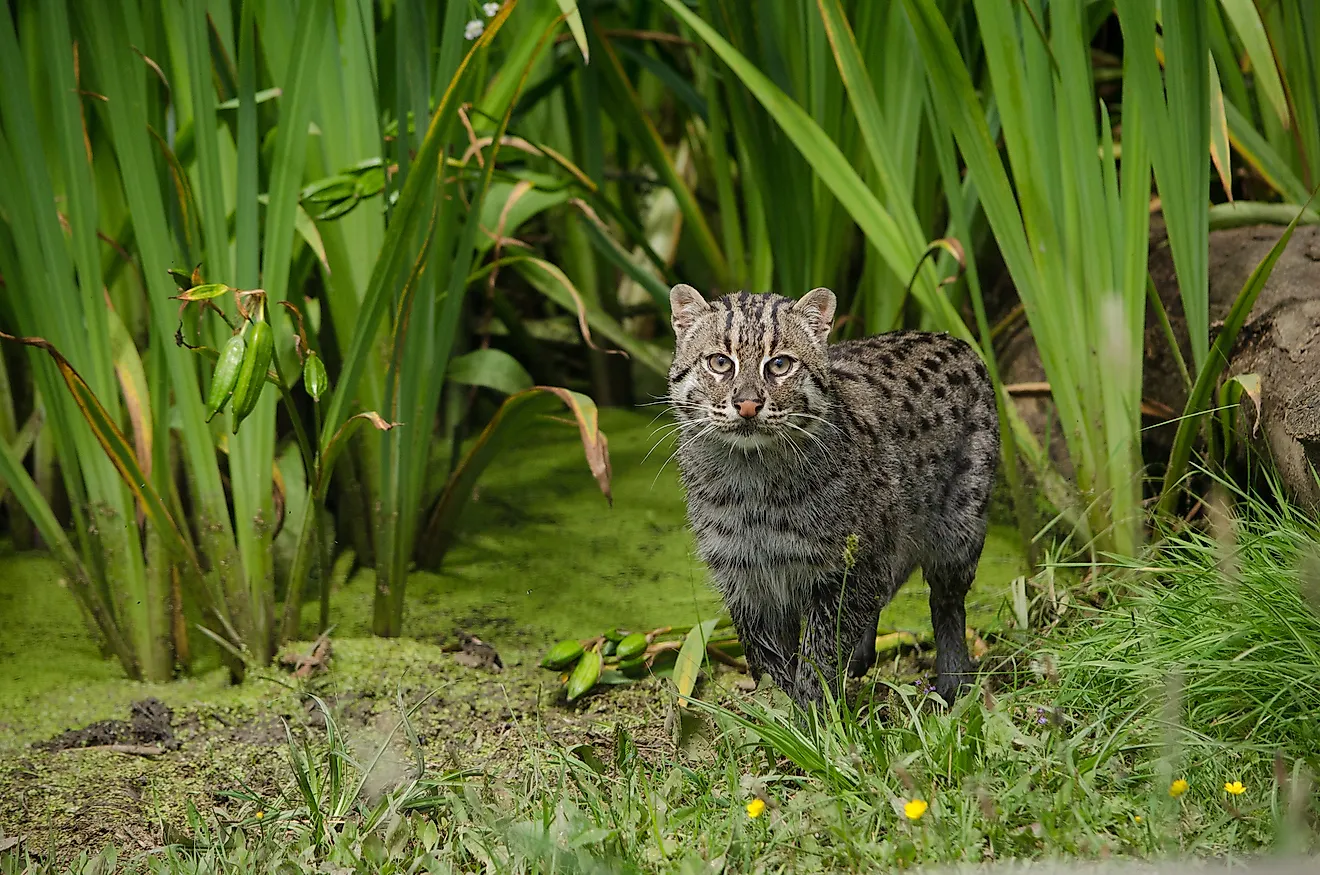
After graduating from university, Anya Ratnayaka had planned to work for the conservation of Sri Lanka's majestic big cats- the leopards. But once she met a six-month-old orphaned fishing cat named Maalu (meaning fish in the Sinhala language) in 2012, Anya's focus changed completely. Maalu, who had been rescued from a catastrophic forest fire by Wildlife Department vets, introduced her to the fascinating and secretive world of the elusive fishing cats. Soon, she made a decision. Instead of leopards who are studied widely, she would dedicate her time to studying the little-known life of fishing cats in Colombo, the Sri Lankan capital.
So, Anya, a graduate in Wildlife and Conservation Management from the University of Queensland, Australia, co-founded the NGO Small Cat Advocacy & Research. In 2013, she also started the Urban Fishing Cat Conservation Project. Today, Anya and her team are busy studying the fishing cats inhabiting the urban wetland habitats in Colombo. Their research is trying to unravel how these cats are adapting to the rapid loss of their habitat. Anya's project was also the first one in the world to pioneer the use of GPS collars to track these animals. She also received a total grant of $29,000 from the Mohamed bin Zayed Species Fund (MBZ Fund) for her conservation work.
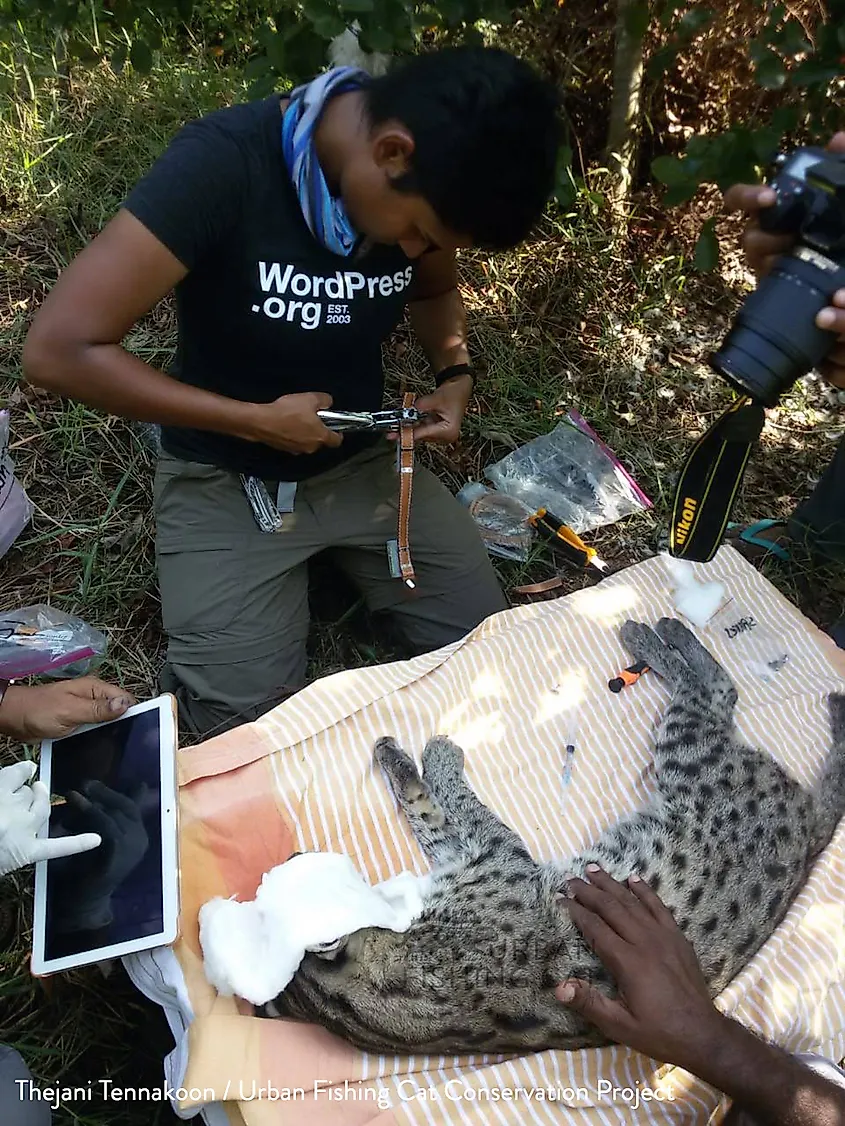
"We know that fishing cats are an endangered species here in Sri Lanka, but very little is known about the species' status in Colombo. I can, however, say that we have a relatively good population in Colombo. Despite all the development happening around them, they seem to be present in most of our urban wetlands," Anya informed World Atlas.
"This urban population uses green zones found within Colombo to cross from one wetland to the next. These green zones comprise largely of home gardens, empty land, public parks, and the edges of canals that run throughout the city. Our work has also confirmed the presence of fishing cats living inside the city," continued Anya.
The fishing cat is one of the 36 small wild cat species found in the world. Its range stretches across parts of South and Southeast Asia and it is listed as Vulnerable on the IUCN Red List.
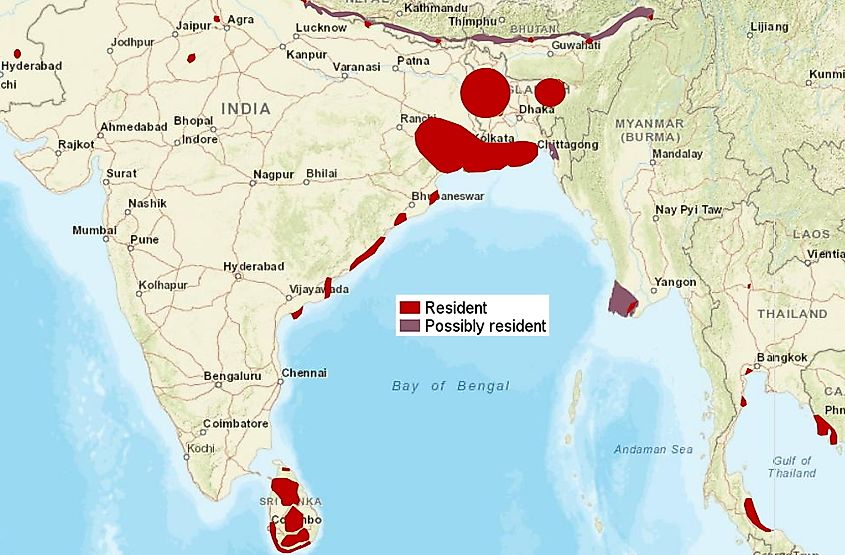
About twice the size of a house cat, the fishing cat (Prionailurus viverrinus) has a powerful build with stocky legs. An excellent swimmer, it often enters water bodies to hunt for its favorite prey - fish. Hence, wetlands are its preferred habitat. Nocturnal by nature, fishing cats also feed on birds, amphibians, and reptiles. Due to their high dependence on wetlands for survival, loss of wetland habitats is the biggest threat to fishing cats in many parts of their range.
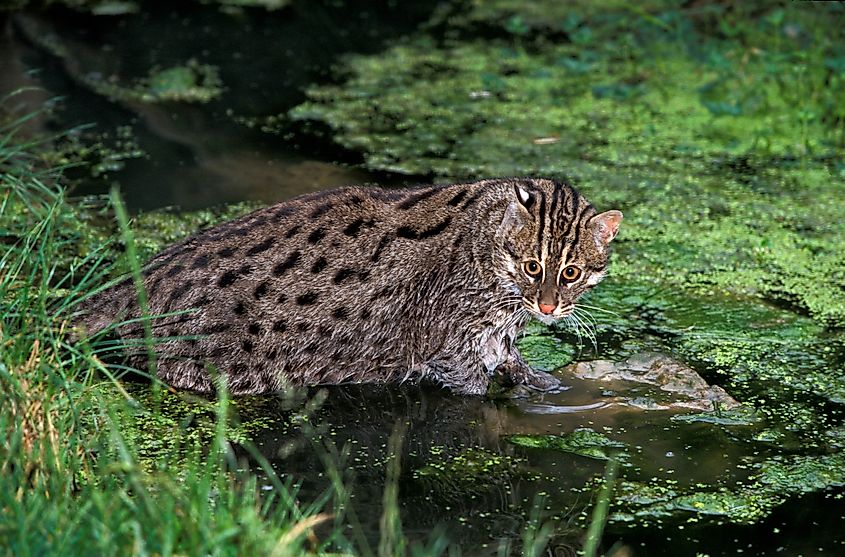
"In Sri Lanka, fishing cats’ main threat is wetland habitat loss and vehicle collisions. For example, in 2020, 19 reported vehicle strikes throughout the country caused fishing cat deaths. There is also small-scale trapping done throughout the country. Fishing cats are either trapped indirectly (in traps set for wild boar) or in a more targeted manner (eating animal parts could cure various ailments)," Anya explained the threats to fishing cats in her country.
"Usually, if a poultry farmer catches a problem animal, officers from the Department of Wildlife Conservation are called to translocate the animal. We have very few records of retaliatory killings in the country," she mentioned.
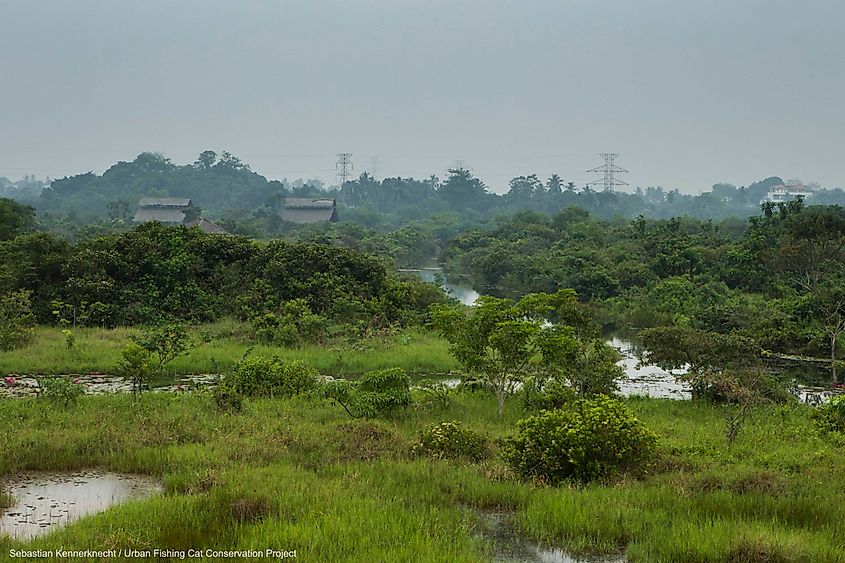
Currently, Anya and her team are working to understand the ecology and behavior of Colombo’s urban population of fishing cats. They use remote wildlife camera traps to detect the presence of fishing cats within the urban wetlands and landscapes and GPS tracking collars to gather data on fishing cat movement. The data that they collect is analyzed, and their findings are shared continuously with the government stakeholders.
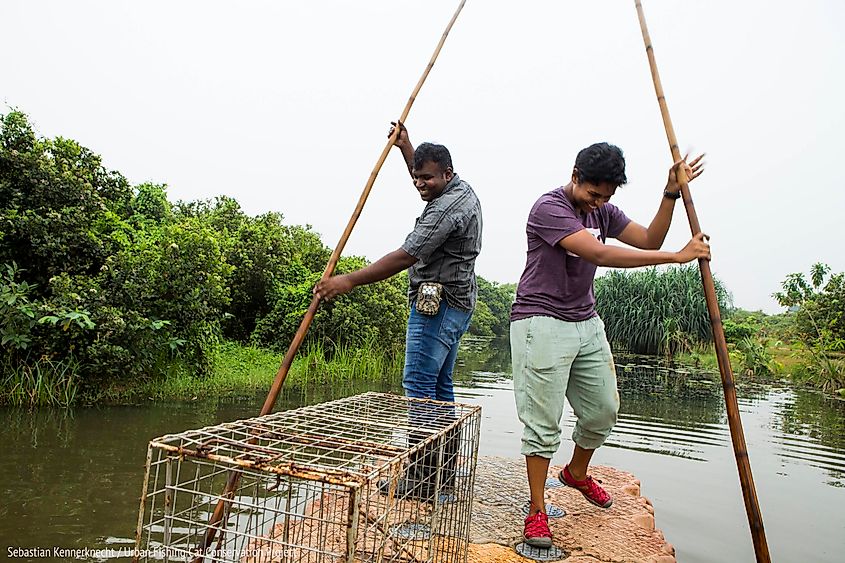
"We also work a lot with communities living within the city by conducting awareness programs and workshops to help increase public knowledge on the species and wetlands. One of the biggest challenges that we face is finding funding to hire more people on our team to double our efforts," informed Anya.
In the coming days, Anya and her team plan to continue monitoring the urban population of fishing cats in Colombo to ensure that it does not get isolated from populations outside the city. They will also collar fishing cats to extract more information on how they utilize urban spaces and understand how they are coping with urbanization. This information is crucial, considering how fast urbanization is taking hold of the species' global range.
Anya also dreams of seeing the fishing cat as Colombo’s ambassador species.
"Colombo was built on a wetland and has already been awarded Ramsar Wetland City Accreditation for its sustainable and wise use of its wetland habitats. So, it only fits that the fishing cat is the city’s ambassador. By doing so, we can bring about more attention to the species and Colombo’s wetlands," said Anya.
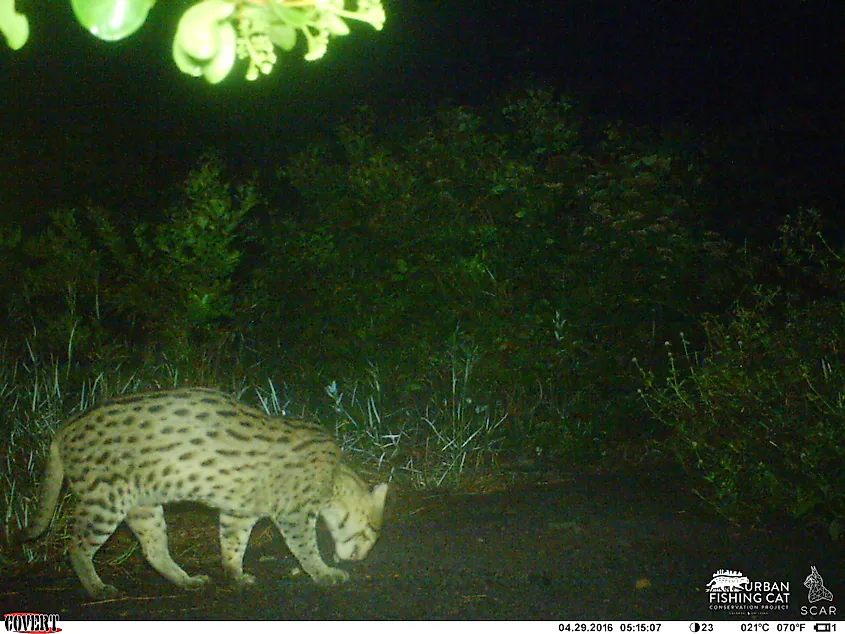
"I want the world to know that fishing cats – and other small wild cats – are just as essential to protect as the big cats. They deserve the attention that's always focused on the world’s megafauna. Each species of small wild cat plays a vital role in the ecosystems that they live in. Some act as indicators of ecosystem health, while others play an important role in balancing the food chain. Therefore, it is crucial to extend our love and appreciation to these lesser-known species and not focus solely on those portrayed the most in the media," Anya sends out her message to the world.











